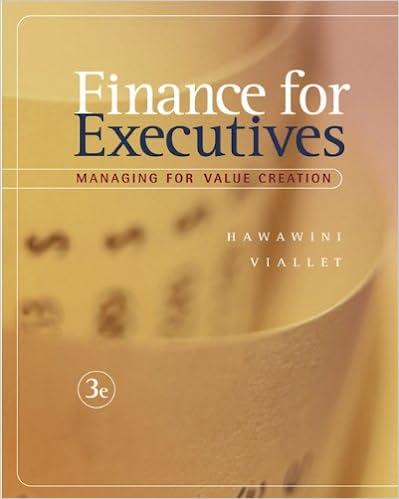3. A lighting company is planning for their final quater in the year (not the final fiscal quarter of the year). The table below shows the anticipated demand, the production capacity, and the unit production cost for each month. Additionally the firm has some ability to store any excess production for future months at a cost shown in the table below. September 60 90 Demand Production Capacity Prod. Cost per Unit Inventory Cost Periods October November 120 150 125 150 $1.25 $1.40 $0.30 December 175 150 $140 $1.00 $0.40 $0.20 At present there are no units currently in the inventory and at the end of December the firm would prefer not to have any stock remaining. Given the information above, how much would you recommend the lighting store produce and store each period? (Be sure to state the linear programming problem as part of your recommendation.) If the inventory cost remain $0.20, then how much would the cost of storing 10 units change the overall cost? (Hint: you can calculate this without running the linear program again.) Why would it be an issue if the store manager wanted to retain 25 units at the end of December? 3. A lighting company is planning for their final quater in the year (not the final fiscal quarter of the year). The table below shows the anticipated demand, the production capacity, and the unit production cost for each month. Additionally the firm has some ability to store any excess production for future months at a cost shown in the table below. September 60 Periods October November 120 150 125 150 $1.25 $1.40 $0.30 Demand Production Capacity Prod. Cost per Unit Inventory Cost December 175 150 $140 90 $1.00 $0.40 $0.20 At present there are no units currently in the inventory and at the end of December the firm would prefer not to have any stock remaining. Given the information above, how much would you recommend the lighting store produce and store each period? (Be sure to state the linear programming problem as part of your recommendation.) If the inventory cost remain $0.20, then how much would the cost of storing 10 units change the overall cost? (Hint: you can calculate this without running the linear program again.) Why would it be an issue if the store manager wanted to retain 25 units at the end of December? 3. A lighting company is planning for their final quater in the year (not the final fiscal quarter of the year). The table below shows the anticipated demand, the production capacity, and the unit production cost for each month. Additionally the firm has some ability to store any excess production for future months at a cost shown in the table below. September 60 90 Demand Production Capacity Prod. Cost per Unit Inventory Cost Periods October November 120 150 125 150 $1.25 $1.40 $0.30 December 175 150 $140 $1.00 $0.40 $0.20 At present there are no units currently in the inventory and at the end of December the firm would prefer not to have any stock remaining. Given the information above, how much would you recommend the lighting store produce and store each period? (Be sure to state the linear programming problem as part of your recommendation.) If the inventory cost remain $0.20, then how much would the cost of storing 10 units change the overall cost? (Hint: you can calculate this without running the linear program again.) Why would it be an issue if the store manager wanted to retain 25 units at the end of December? 3. A lighting company is planning for their final quater in the year (not the final fiscal quarter of the year). The table below shows the anticipated demand, the production capacity, and the unit production cost for each month. Additionally the firm has some ability to store any excess production for future months at a cost shown in the table below. September 60 Periods October November 120 150 125 150 $1.25 $1.40 $0.30 Demand Production Capacity Prod. Cost per Unit Inventory Cost December 175 150 $140 90 $1.00 $0.40 $0.20 At present there are no units currently in the inventory and at the end of December the firm would prefer not to have any stock remaining. Given the information above, how much would you recommend the lighting store produce and store each period? (Be sure to state the linear programming problem as part of your recommendation.) If the inventory cost remain $0.20, then how much would the cost of storing 10 units change the overall cost? (Hint: you can calculate this without running the linear program again.) Why would it be an issue if the store manager wanted to retain 25 units at the end of December








